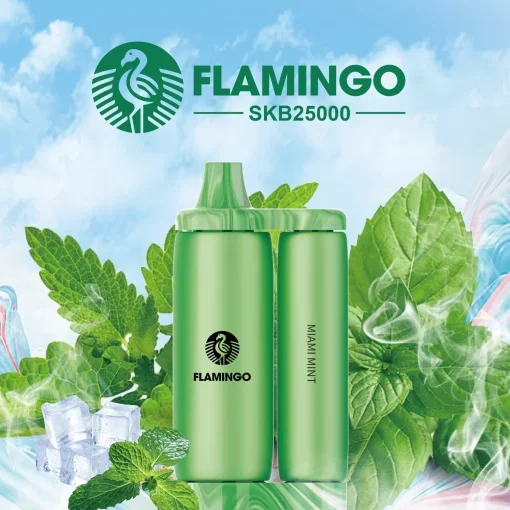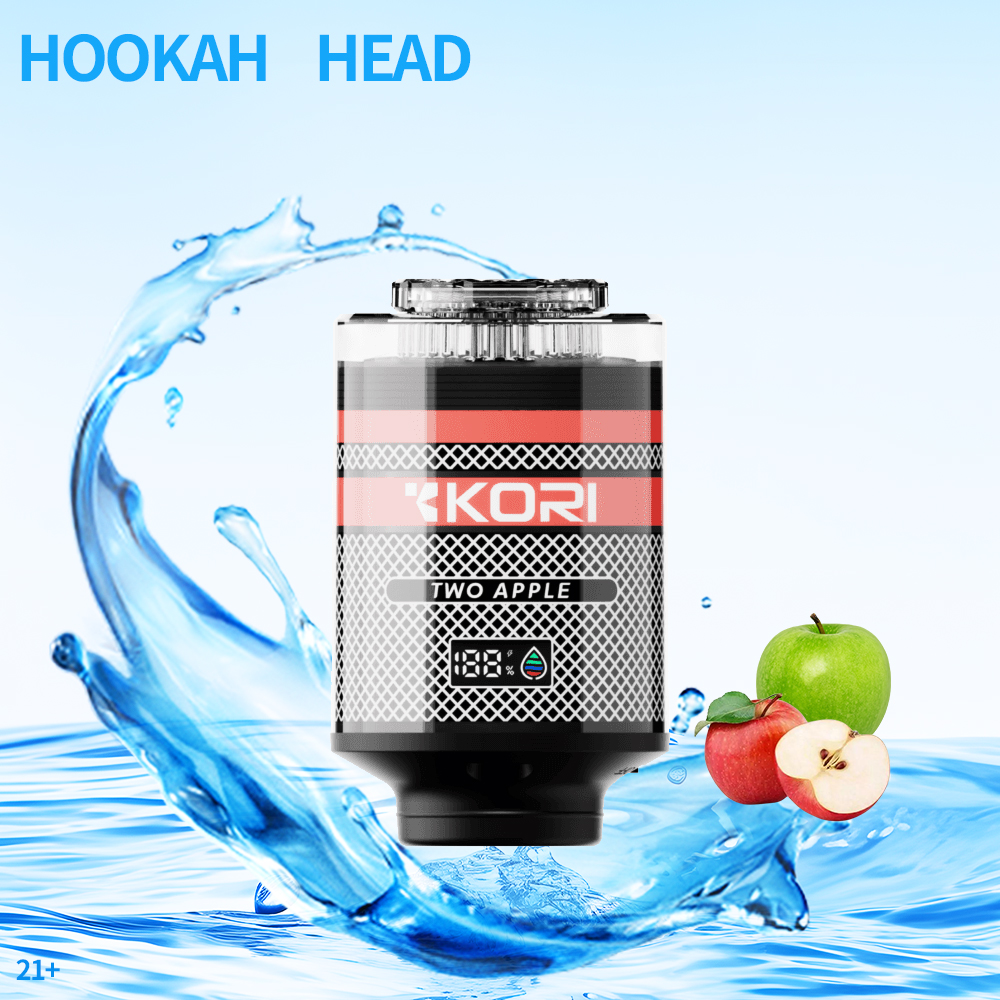The Rise of Vaping: Understanding Its Impact on Modern Culture
In recent years, vaping has surged in popularity, capturing the attention of both the young and old alike. Initially designed as a smoking cessation tool, it has transformed into a cultural phenomenon that transcends demographics. This article delves into the factors that have contributed to the rise of vaping, explores its implications on society, and highlights the ongoing debates surrounding its use.
A Brief History of Vaping
The concept of vaping can be traced back to the early 1960s when Herbert A. Gilbert patented a device called the "smokeless non-tobacco cigarette." However, it wasn’t until 2003, when Chinese pharmacist Hon Lik introduced the modern e-cigarette that vaping became mainstream. Combining nicotine with a propylene glycol or vegetable glycerin base, Lik's invention offered a smoke-like vapor without the harmful combustion products of traditional cigarettes. Fast forward to the 2010s and beyond, and vaping exploded into a $12 billion industry, capturing the hearts of millions.
Why Do People Vape?
Understanding the appeal of vaping requires a look into its various attractions:
- Health Perceptions: Many users perceive vaping as a safer alternative to traditional smoking, despite ongoing debates about its long-term health effects. Research is still sparse, but many believe that vaping carries fewer risks than smoking combustible tobacco.
- Variety of Flavors: One standout feature of vaping is the myriad of flavors available. From fruity to dessert-inspired flavors, vaping can be a more enjoyable experience than smoking, which has a more limited palette.
- Social Interaction: Vaping has become a social activity. Vape shops often serve as community hubs where enthusiasts gather to discuss the latest products and trends.
- Customization: Vaping devices allow for significant customization. Users can select their devices, tweak settings, and choose nicotine levels, creating a tailored experience.
The Cultural Shift: Vaping and Social Norms
Vaping's rise has also led to a shift in social norms regarding smoking. While traditional smoking has seen increasing stigmatization due to its health implications and impacts on public spaces, vaping has been embraced by many as a new cultural pastime. Locations once off-limits to smokers are now open to vapers, creating new social settings that accommodate this growing trend.
This cultural acceptance is reflected in media portrayals and marketing strategies. Vape shops frequently celebrate a lifestyle that is both edgy and innovative, appealing to younger demographics through social media channels. Influencers and content creators showcase their vape tricks and favorite products, further cementing its status in pop culture. As vape culture grows, so too does its impact on identity and self-expression.
Health Implications: The Other Side of the Coin
Nevertheless, the popularity of vaping has raised significant health concerns. As the FDA and CDC continue to investigate the long-term effects of vaping, certain issues have come to light:
- Lung Concerns: Reports of lung injuries linked to vaping have emerged, with severe cases prompting public health warnings. Although these cases are often attributed to illicit products, they present fears about the safety of commercially available goods.
- Addiction Potential: The nicotine content in many vape products can lead to addiction, particularly among younger users. Some studies indicate that teen vaping could serve as a gateway to smoking traditional cigarettes.
- Regulatory Challenges: As vaping grows in popularity, regulatory bodies face challenges in balancing consumer freedom with public health. Legislation continues to evolve, affecting product availability and marketing practices.
Vaping vs. Smoking: The Ongoing Debate
The case of vaping versus smoking is complicated. While many see vaping as a viable alternative, the lack of comprehensive long-term studies creates a cloud of uncertainty. Traditional smoking is well-known for its health risks. Conversely, the newer vaping industry is still navigating its path, filled with both supporters championing its benefits and critics warning of its dangers.
Environmental Considerations
Another discussion point in the vape community is the environmental impact. Disposable vape products contribute to waste, which raises questions about sustainability. As more individuals turn to vaping, there is an urgent need for eco-friendly solutions in the manufacturing of vape products and their components.
Future of Vaping: Trends to Watch
The vaping industry continues to evolve. Here are several trends worth monitoring:
- Technological Advances: Innovations in vaping technology are likely to lead to more efficient devices with enhanced user experiences. Expect to see more sophisticated temperature control and customizable user interfaces.
- Increased Regulation: With the raising health concerns, many countries are likely to impose stricter regulations on vaping products. This may affect flavor availability, marketing strategies, and accessibility for young users.
- Shift in Public Perception: As ongoing research unfolds, public perception of vaping may continue to shift. Ongoing education will be critical in helping consumers make informed choices.
Community Effect: Events and Gatherings
Vaping communities are not just about the products; they are also about shared experiences. Vape expos, competitions, and conventions are becoming commonplace, uniting enthusiasts from all walks of life. These gatherings allow individuals to learn, share, and celebrate their passion for vaping while fostering a sense of belonging.
Overall, as vaping continues to grow in popularity, it becomes clear that it is more than just a trend—it is a cultural movement that reflects broader changes in society. With a blend of excitement and skepticism, the world watches as this phenomenon unfolds, shaping personal habits, social norms, and even health discussions in the years to come.





